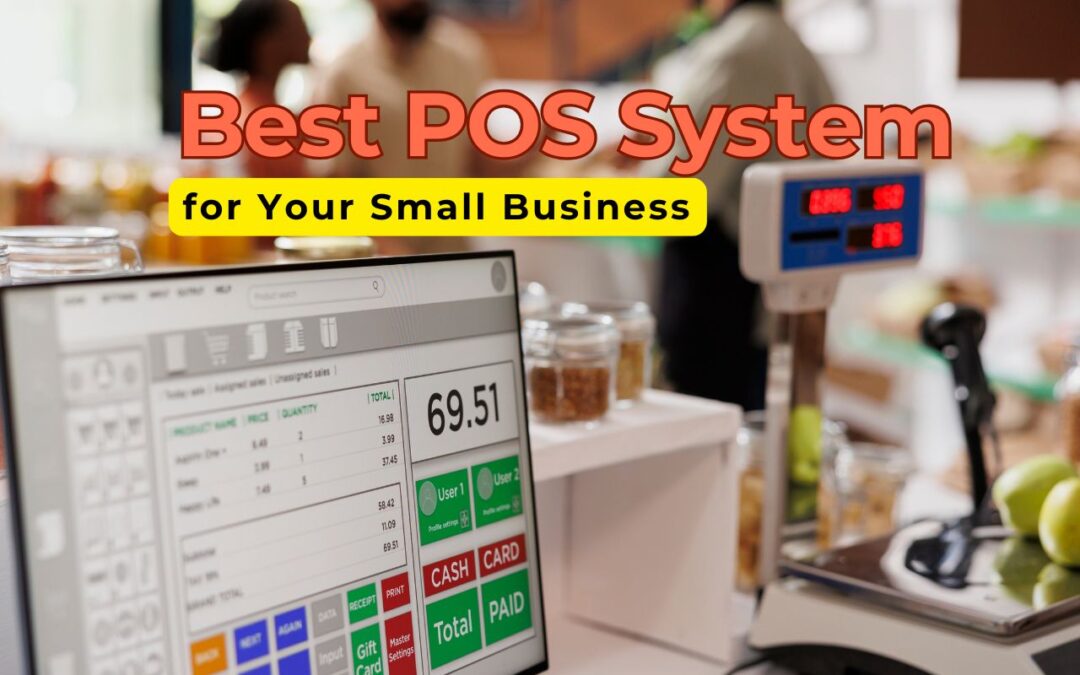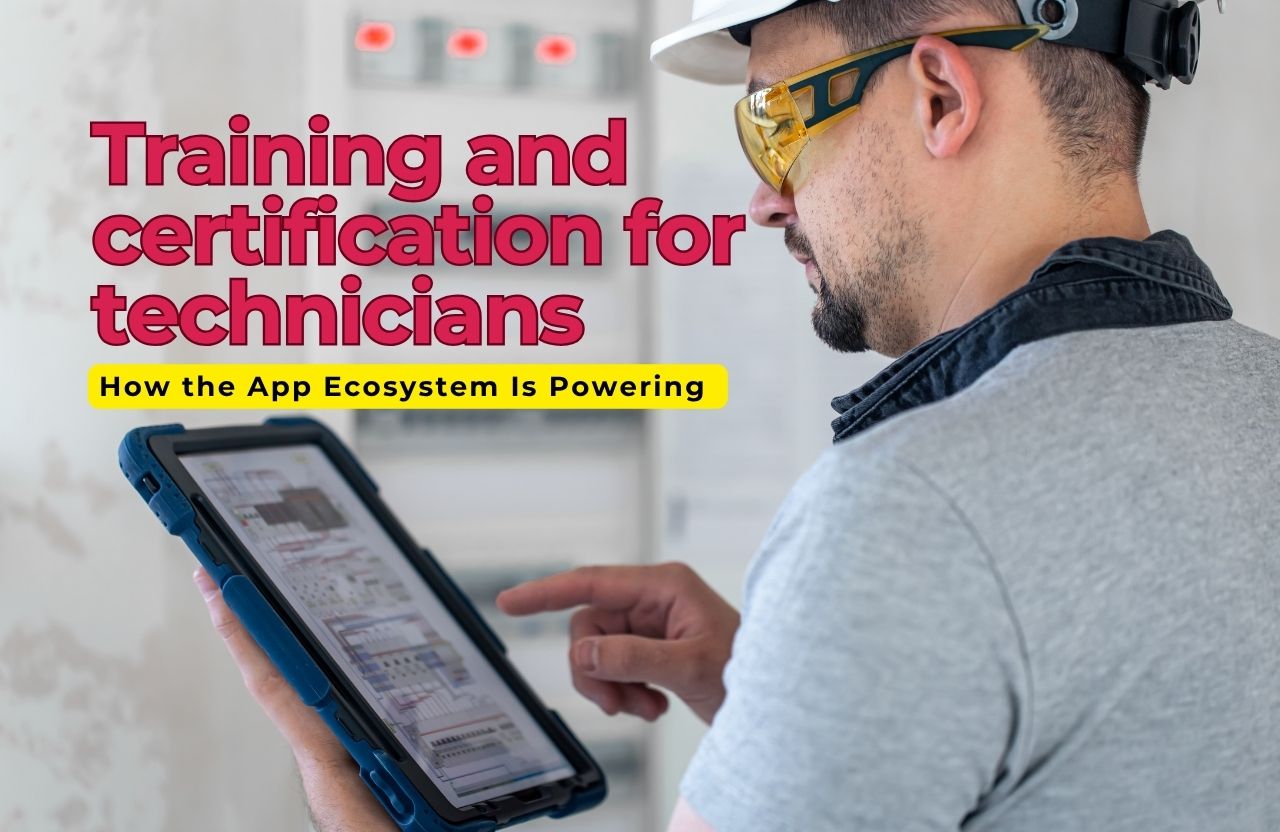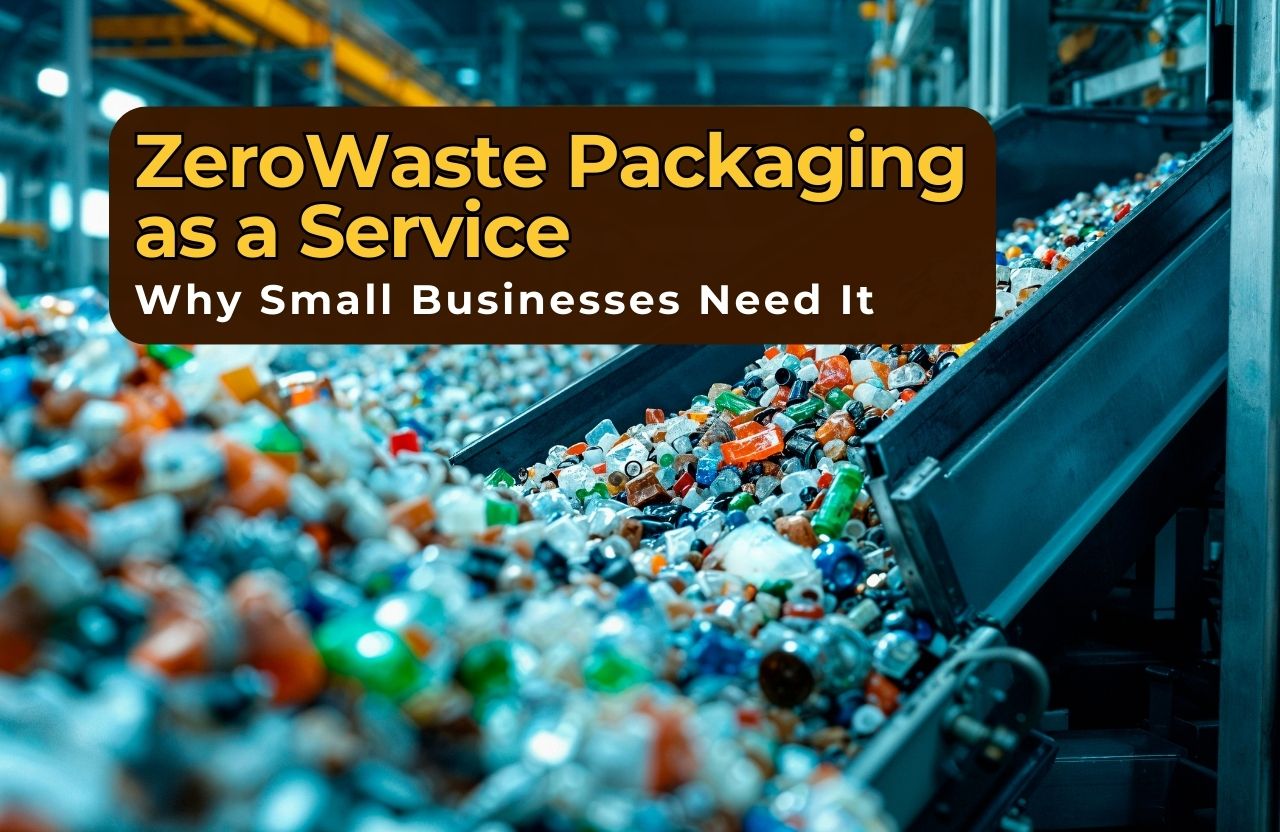Running a small business comes with its own set of challenges, especially when it comes to managing daily transactions, tracking inventory, and enhancing the customer experience. One of the most powerful tools in a business owner’s arsenal is a well-functioning Point of Sale (POS) system. But choosing the best POS system for your small business is more than just picking a solution that can process payments—it’s about selecting a system that supports your business growth, improves operational efficiency, and aligns with your long-term goals.
In this comprehensive guide, we’ll explore everything you need to know about how to choose the best POS system for your small business, from understanding what a POS system does, to breaking down the key features to look for, and finally helping you make an informed decision.
Understanding What a POS System Is
A POS system is essentially the combination of hardware and software used by businesses to conduct sales transactions. At its most basic level, it helps accept payments and generate receipts. However, modern POS systems go far beyond this—they serve as the nerve center of a small business, often offering tools for inventory management, customer data tracking, employee scheduling, sales reporting, and more.
In fact, over 60% of small business owners who upgraded their POS systems in recent years did so not just to process payments faster, but to streamline their overall operations.
Why Your Small Business Needs a Smart POS System
The traditional cash register may still work for some, but in today’s fast-paced, data-driven market, small businesses must be more agile. A smart POS system enables:
- Faster checkouts and better customer service
- Real-time inventory updates
- Insightful sales reporting and analytics
- Improved customer loyalty through data-driven engagement
- Simplified employee management and performance tracking
According to a recent industry report, businesses that implemented a feature-rich POS system saw an average revenue increase of 15% within the first year due to more efficient operations and enhanced customer experiences.
Key Considerations Before Choosing a POS System
Before diving into the features of different systems, it’s important to evaluate your unique business needs. A POS system that works for a coffee shop might not work as well for a retail clothing store or a salon.
Here are a few critical questions to ask:
- What type of business do you run? Retail, food and beverage, service-oriented?
- How many locations or registers do you have?
- Do you need mobility (such as handheld or mobile checkout)?
- Will you require integration with other tools like accounting, CRM, or eCommerce?
- What is your budget for both upfront and ongoing costs?
These questions will help guide your selection and avoid the costly mistake of investing in a system that doesn’t scale with your needs.
Features to Look for in a Great POS System
Let’s break down the essential features every small business should look for when selecting a POS system:
1. Sales Processing Capabilities
At its core, a POS system must handle transactions efficiently—whether they are made via cash, card, digital wallets, or contactless payments. Speed, accuracy, and reliability are key.
2. Inventory Management
Inventory control is crucial for small businesses with physical goods. A robust POS system helps track stock levels in real time, alert you when stock is low, and even predict reordering needs based on past sales.
A study found that businesses that used automated inventory tracking reduced stock discrepancies by up to 70%.
3. Customer Relationship Management (CRM)
The ability to track customer purchases, store contact details, and build loyalty programs is a must-have. This helps with targeted promotions, personalized experiences, and long-term retention.
4. Employee Management Tools
If you have staff, a POS system that allows you to assign roles, manage schedules, and track individual sales performance can help you optimize workforce productivity.
5. Reporting and Analytics
Data is power. A strong reporting function allows you to see what’s selling, what’s not, which employees are top performers, and what times are busiest. Better decisions come from better data.
6. Multi-channel Integration
If your business sells both in-store and online, your POS system should integrate these sales channels seamlessly. Synchronization of inventory, orders, and customer data across platforms is crucial.
7. User-Friendly Interface
You and your employees will be using this system every day. A complicated or clunky interface leads to slower service and increased training time.
8. Security Features
Cybersecurity is not optional. Look for POS systems that offer secure login, encrypted transactions, and protection against data breaches.
9. Offline Functionality
Even the most reliable internet can have downtime. Choose a POS system that can process transactions offline and sync data once reconnected.
10. Scalability
Today you might have a single outlet, but tomorrow you might expand. Your POS system should be able to grow with you—adding new users, locations, or features as needed.
Common Mistakes to Avoid When Choosing a POS System
Sometimes business owners rush into POS adoption without thoroughly assessing their needs, leading to costly regrets. Here are some of the most common mistakes to avoid:
- Focusing only on price: Cheaper isn’t always better. A low-cost system might lack the critical features you need.
- Ignoring usability: If your team finds it hard to use, productivity and customer service will suffer.
- Not checking customer support: Issues can happen anytime. A responsive support team is non-negotiable.
- Skipping the demo or trial: Always try before you buy. Demos let you experience the interface and features in real-time.
- Not thinking long-term: Choose a system that supports your 5-year vision, not just your present needs.
Industry Trends in POS System Adoption
The POS landscape is evolving rapidly. Small businesses are increasingly moving away from bulky, legacy hardware toward flexible, cloud-based solutions. Mobility and cloud access are changing the way owners monitor performance and make decisions.
- Over 70% of small businesses are expected to adopt cloud-based POS systems within the next two years.
- Mobile POS adoption has grown over 25% year-over-year due to the rise of pop-up shops, food trucks, and in-aisle checkouts in retail.
- Businesses using integrated POS and CRM systems see a 25% boost in customer retention, thanks to personalized experiences and loyalty management.
These trends underscore how the right POS system can do far more than just ring up sales—it can transform the way your business operates.
Steps to Choosing the Right POS System
To make the best decision, follow this structured approach:
Step 1: Define Your Needs
List out your specific requirements based on your business model and customer behavior.
Step 2: Research Options
Dive into the features of different systems. Look for those that align with your business type, whether it’s food service, retail, beauty, or services.
Step 3: Compare and Shortlist
Narrow down your choices by comparing based on key features, user-friendliness, and scalability.
Step 4: Request a Demo
Interact with the system to see how it fits into your actual workflow. Involve your staff in this phase—they’re the ones who will use it daily.
Step 5: Check Reviews and References
Explore reviews from businesses similar to yours. Peer insights are invaluable in identifying real-world strengths and weaknesses.
Step 6: Evaluate Support and Training
Ensure that the provider offers training, onboarding support, and ongoing assistance. A robust support team can save you time and stress.
Step 7: Make the Investment
After due diligence, go ahead with the solution that meets your business goals and provides room for growth.
POS Systems and the Customer Experience
Beyond operations, one of the biggest reasons to upgrade to a sophisticated POS system is to enhance the customer journey. When customers encounter quick, seamless checkouts, personalized service, and accurate inventory information, they are more likely to return.
One survey revealed that 84% of consumers consider the checkout experience to be a key factor in deciding whether they’ll return to a store.
By giving your team the tools they need to deliver top-notch service, you not only increase sales—you also build a loyal customer base.
Final Thoughts: Invest in Growth, Not Just a System
Choosing the best POS system for your small business is ultimately an investment in your business’s future. It’s about equipping yourself with the tools to make smarter decisions, streamline your operations, and elevate the customer experience.
As the digital transformation of small businesses accelerates, a reliable POS system is no longer a luxury—it’s a necessity.
When you approach this decision with clarity, research, and a long-term mindset, you set the foundation for sustainable growth and operational success. Don’t settle for just any system. Choose one that works as hard as you do.













